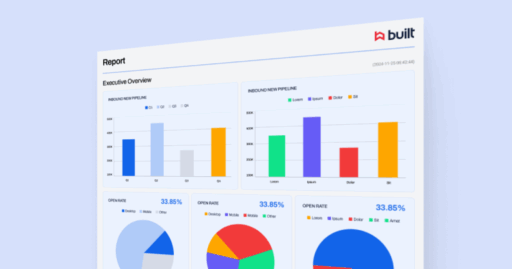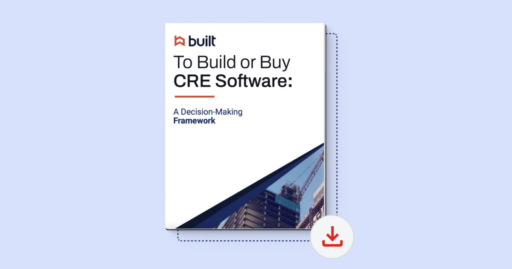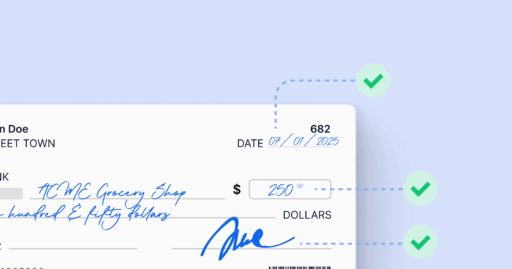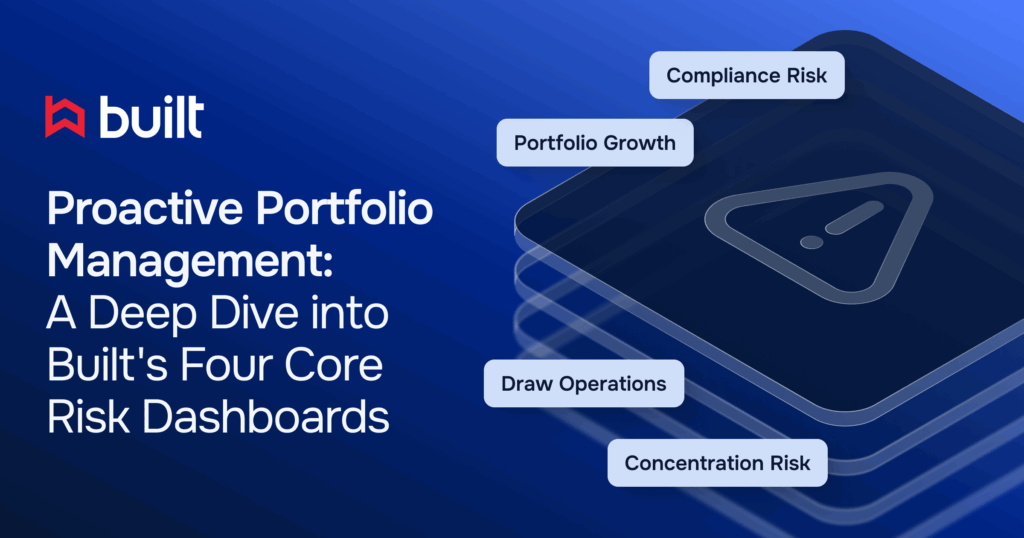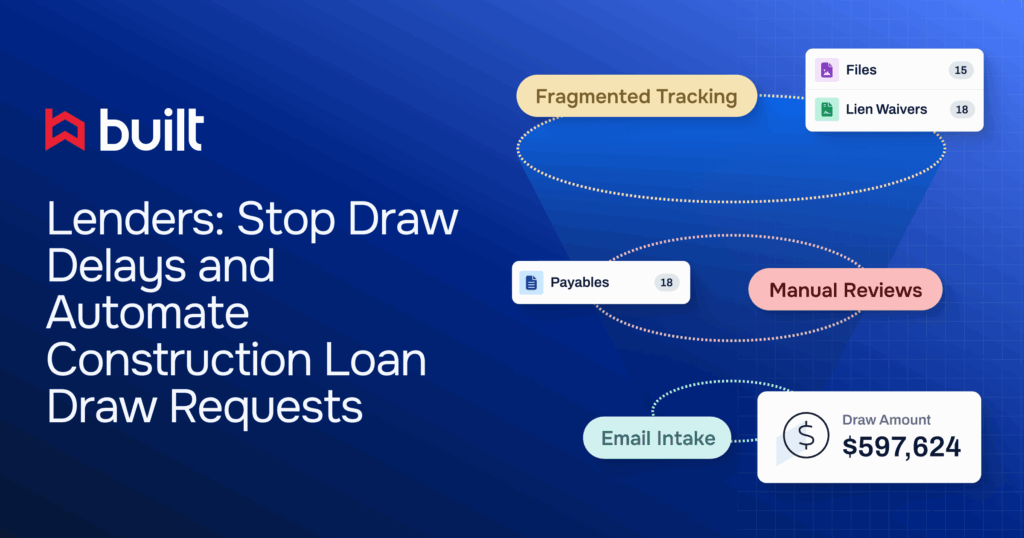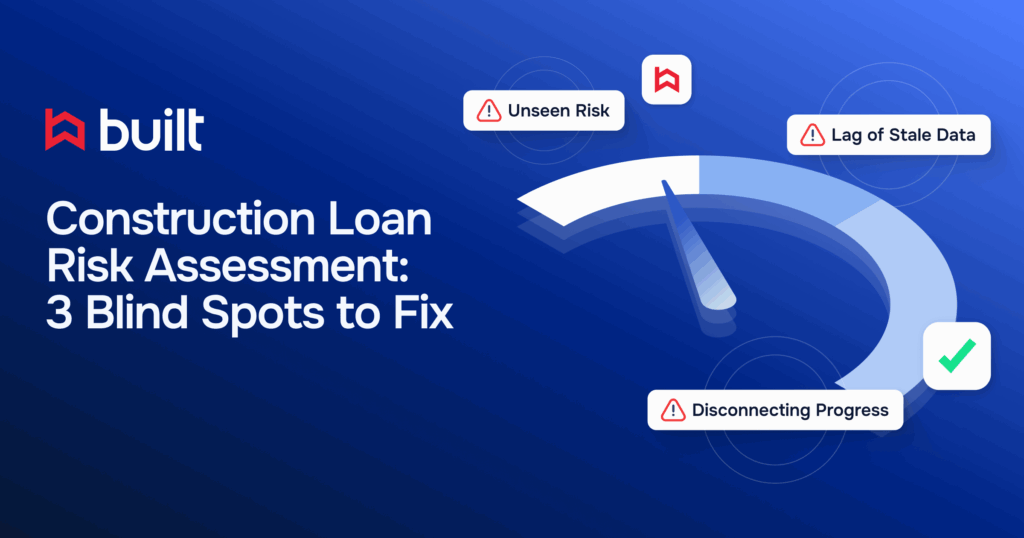
What to Know About Construction Loans: A Primer for Lenders

Given the need to cover many upfront costs of construction before money starts rolling in, contractors often consider taking out loans to fund their projects. Unlike most other business loans, a construction loan is backed by collateral that is not yet complete. The unsecured nature of these loans may make them seem riskier than other financial products, but with proper coordination and communication between lender and borrower—facilitated by a construction finance management system—lenders can reduce risk while allowing contractors to continue constructing our built world.
What to know about construction loans vs. other business loans
Construction loans give contractors the funds they may need to complete a building project. Because of their unique purpose, these loans have some distinct characteristics that set them apart from other business loans.
- Construction loans do not operate like typical business loans. The borrower does not receive all the funds upfront. Instead, the borrower requests funds on a rolling basis, contingent on the work that’s been completed. Borrowers are only charged interest on outstanding funds.
- Construction loans may have shorter terms than other business loans. Funds may be available for as little as a month or two, depending on the scope of the project.
- Construction loans may have higher interest rates than other business loans. Because of the unsecured nature of construction loans, interest rates are typically some of the highest charged by banks and in the private capital space.
How lenders can reduce risk on construction loans
Lenders who know the construction loan process often take steps to ensure a successful borrowing process for lenders and contractors. As with any other loan, lenders should research borrowers for red flags that could indicate a repayment risk. Other steps lenders can take to minimize the risk of a construction loan include:
- Assessing the project owner’s financial history, in addition to the financial history of the contracting business itself. This practice is unusual when considering other loans because the lender doesn’t have a direct contractual relationship with the owner. With construction loans, though, since the owner pays the contractor, who will then pay the lender, the owner’s financial standing is an essential part of the risk equation.
- Requiring a borrower to put down a deposit as large as 20% of the loan total or back the loan with a personal asset. By insisting on this type of down payment, the lender has a little more assurance that the contractor won’t just walk away from the project (and the loan).
- Releasing portions of the money periodically, rather than all at once, based on proof that the project is progressing satisfactorily.
How lenders qualify construction loan disbursements
Traditionally, lenders have ensured construction projects are making adequate progress through conversations with the owner and an inspector—leaving the borrower largely out of the loop. The borrower would have to go through several steps to get approved for each new sum of money, including interacting with the lender via fax to send paper files and receipts. The lender would then order an inspection manually.
When the inspection report came in, the lender would compare it to the borrower’s documents and enter the information into a spreadsheet. Typically, each project was controlled by a single person in a separate spreadsheet workbook, with no global view of the borrower’s different projects.
This manual process can be error-prone and paper-heavy, and can take up to 10 days. For a contractor, those 10 days can be costly. A borrower who lacks access to funding may have to delay supply orders or other costs. This can stall a construction project, along the way increasing risk on the project—and the loan repayment. Meanwhile, the lender misses out on interest charges that could be accruing if the money had been released.
Hastening this process can improve earnings for lenders and help ensure positive project outcomes.
Streamlining the construction loan process for lenders and borrowers
Using a construction finance management system, lenders can work with contractors to reduce how long it takes to get a construction loan. A software solution can also automate the administration process for each funding draw. Plus, the lender can check that the builder is still in good standing, all necessary project inspections are done, and the project is progressing.
A digital platform also gives the borrower a more active role in the process. This furthers lender-borrower collaboration and allows the lender to move on with disbursement. Lenders can also proactively monitor risk. This way, they’ll be alerted when things may be going off track. Increased automation means the lender spends less time fussing over each loan, freeing up time to take on more business. It also helps prevent costly mistakes that tend to creep in during manual entry. Spreadsheet errors are easy to miss given the complexity of construction projects of any size and can have ripple effects that impact the bottom line.
Construction loans require a specialized approach to their management. The increased risk posed by these loans calls for extra administrative steps to disburse the funds. The right technology can simplify the process and increase collaboration between lenders and borrowers, positioning each party for more successfully funded projects down the road.
